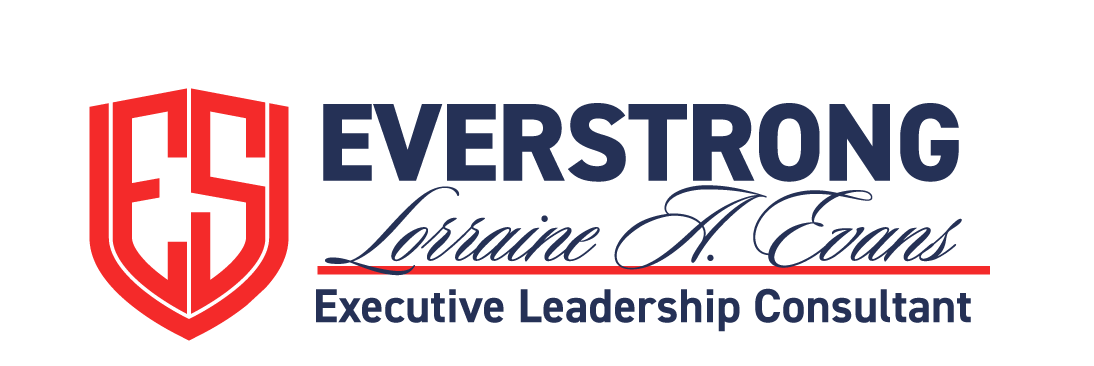In today’s dynamic work environment, the efficacy of minor to medium-sized teams is increasingly recognized as a vital contributor to organizational success. Unlike large corporations, where team members may find it easy to feel like just another cog in the machine, smaller teams present unique opportunities and challenges regarding team building. This blog post will explore critical strategies for fostering strong relationships, encouraging collaboration, and optimizing performance within small to medium-sized teams.
Understanding the Importance of Team Building
Before diving into specific strategies, it’s essential to understand why team building matters, especially in smaller teams. Team building can:
1. Enhance Collaboration: Small teams often require close collaboration. Effective team building fosters communication and trust, enabling team members to work together efficiently.
2. Boost Morale and Engagement: A cohesive team tends to be more motivated. Engagement in team-building activities can translate into heightened morale and a sense of belonging.
3. Increase Productivity: When team members understand each other’s strengths and weaknesses, they can delegate tasks more effectively, increasing productivity.
4. Cultivate Innovation: Strong teamwork often generates diverse ideas. Encouraging open dialogue facilitates creativity and problem-solving.
Key Strategies for Effective Team Building
1. Foster Open Communication
Communication is the backbone of any team. In small to medium-sized teams, foster an environment where members feel comfortable expressing their thoughts, ideas, and concerns. Here are some tips:
Regular Check-Ins: Implement weekly one-on-one or team check-ins. This encourages open dialogue and allows team members to discuss progress and hurdles.
Define Communication Channels: Establish clear communication tools (e.g., Slack, Microsoft Teams, etc.) and protocols for formal and informal communications.
Encourage Feedback: Create a culture that values constructive feedback. Encourage team members to share praise and suggestions openly.
2. Set Clear Goals and Roles
Clarity of purpose is crucial for any team. Take the time to establish and communicate clear goals, responsibilities, and expectations:
SMART Goals: When setting team objectives, utilize the SMART criteria (Specific, Measurable, Achievable, Relevant, Time-bound) to enhance focus and direction.
Role Clarity: Clearly define each member’s role. Team dynamics improve when everyone knows their responsibilities, reducing overlap and confusion.
Shared Vision: Ensure everyone understands the team’s bigger picture. Involve team members in the goal-setting process to boost buy-in and commitment.
3. Encourage Collaboration and Teamwork
Team building is inherently about collaboration. Cultivating teamwork leads to stronger relationships and a more engaged workforce.
Team Projects: Implement collaborative projects that require input from all team members. This will strengthen trust and deepen working relationships.
Cross-Training: Encourage team members to learn about each other’s roles and responsibilities. This not only builds empathy but also creates versatility within the team.
Brainstorming Sessions: Regularly hold brainstorming meetings to generate new ideas and solutions. Use mind mapping or the ‘6-3-5’ method to stimulate creativity.
4. Embrace Diversity and Inclusion
Diverse teams often outperform homogeneous ones. Embrace varied perspectives and backgrounds to drive innovation:
Diverse Hiring Practices: Strive for diversity in hiring. Different backgrounds bring unique viewpoints, enhancing problem-solving.
Inclusion: Create an inclusive atmosphere where each member feels valued. Celebrate different cultures and perspectives through team activities and discussions.
5. Organize Team-Building Activities
Engaging in fun and interactive activities can significantly enhance team cohesion.
Workshops and Retreats: Schedule regular workshop sessions or retreats focused on team building. Activities could include team challenges, presentations, or skill-sharing sessions to strengthen bonds.
Social Events: Organize social outings, such as lunches, game nights, or sporting events. These informal interactions foster relationships beyond work.
Volunteer Together: Participating in community service as a team can build camaraderie while making a positive impact.
6. Leverage Technology
In today’s digital age, remote work has become commonplace. Use technology to your advantage to maintain team connection:
Virtual Team-Building Games: Utilize online platforms that offer fun remote team activities, such as trivia quizzes or virtual escape rooms.
Collaborative Tools: Invest in tools that facilitate collaboration, such as shared documents, project management software, and video conferencing.
Evaluating Team Dynamics
Team building is an ongoing process. Regularly evaluate the effectiveness of your strategies by:
Conducting Surveys: Use anonymous surveys to gather feedback on team dynamics and areas for improvement.
Assessing Performance Metrics:** Monitor team performance against the established goals to identify strengths and areas for growth.
Encouraging Reflection: Hold periodic reflection sessions where the team can discuss what’s working well and what needs adjustment.
Conclusion
Building a successful small to medium-sized team requires intentional efforts centered on communication, collaboration, and connection. By implementing these strategies, you can create a thriving team culture that drives productivity and innovation. Effective team building is not just a one-time exercise but an ongoing journey. You can engage with your team regularly, adapt your strategies, and celebrate successes to create a high-performing team that can tackle any challenge ahead.
Nurturing these relationships and fostering a culture of collaboration will boost team performance and create a work environment that attracts and retains top talent. Start today and watch your team flourish!




